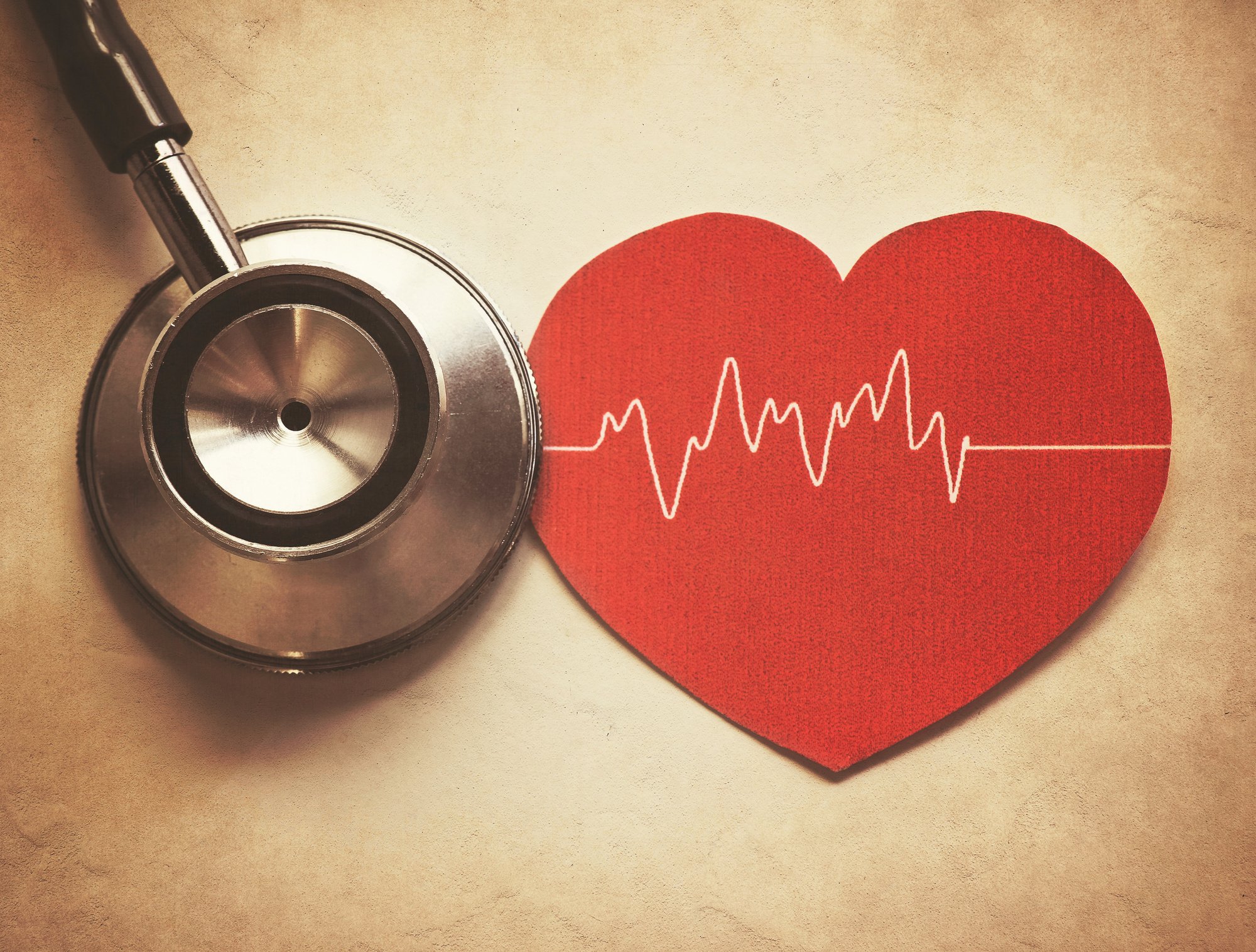Different Forms of Afib

Afib is an anomalous heartbeat that might result in weariness as well as heart palpitations. Afib ranks among the categories of arrhythmias, irregular heart rhythms. Afib results in a heart beating rapidly than it should. Additionally, a heart’s upper chambers, and lower chambers don’t work together with the way they should. When this takes place, the lower chambers do not fill up entirely or pump sufficient blood to the body and lungs hence making a person feel exhausted or dizzy or notice chest trouble or heart shivers. Moreover, blood accumulates in the heart thus escalating the risk of someone forming strokes, clots, and other issues. Untreated afib might cause fatal complications. At times, afib disappears by itself but for some people, it’s an enduring heart problem that endures many years. Treatment re-establishes usual heart rhythms, avert complications, and help manage symptoms. Your doctor could recommend drugs, lifestyle adjustments, and medical procedures to cure afib. To gather more information about the different types of afib, make sure you read more here.
Paroxysmal is the first type of afib. A paroxysm is an immediate episode of sickness or symptom. In paroxysmal afib, these uneven rhythms start unexpectedly and resolves with no cure within a week. The incident may last for a few seconds only before it ends on its own. An individual who has paroxysmal afib doesn’t have manifest signs and could need no cure to control his/her heart rhythm. Mostly, however, the doctor is going to recommend anticoagulation medicines to ensure blood doesn’t clot. These medications may help to stop a stroke. View here: www.afibmatters.org for facts about Afib.
The second category of afib is afib persistent. The incidences in this category of afib are nonstop, lasting for a duration that exceeds 7 days. Even though episodes of this afib vanish without being treated, a person with this afib has to get drugs or undergo a procedure in order to do up their heart rhythm. They are given medications, for example, beta-blockers and calcium channel blockers so as to reduce their heart rate. Habitually, a doctor also order one to take anticoagulants to eliminate blood clots. A doctor may also use several procedures including cardioversion to restore a usual heartbeat.
Long-term persistent afib is the other type. When catheter, drugs, and medicines, among other ways, cannot change afib back to a common rhythm and it looks like the conversion cannot be achieved, this is the long-term persistent afib. People who have this type of afib consent and their doctor agree not to strive for conversion. However, a doctor may still give medicines to control an individual’s heart rate and avoid blood clots. Check out this blog to get enlightened on this topic: https://en.wikipedia.org/wiki/Management_of_atrial_fibrillation.
